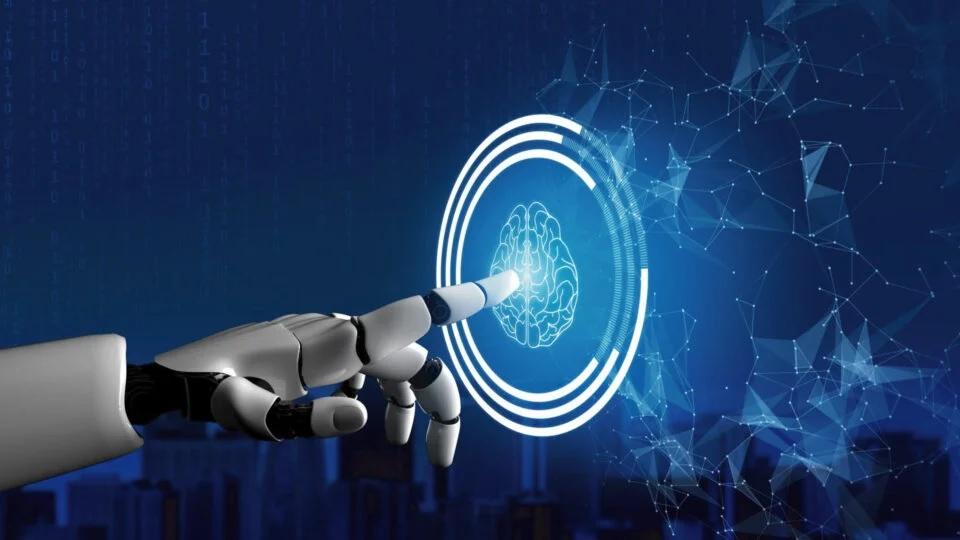Unpacking the Hype of Retrieval-Augmented Generation (RAG)

You may have seen the acronym ‘RAG’ floating around in relation to artificial intelligence. What the heck is RAG and why is everyone talking about it?
RAG stands for Retrieval-Augmented Generation and combines a generative model with a retrieval system to enhance or augment (as the name suggests) AI responses with more accurate and current data. So this means there are two portions to it: the generative model, which generates human-like text, and the retrieval system, which supplements the generative model’s output.
As with any emerging technology, before implementing it within your organization, it’s wise to understand it, as well as its potential benefits, and truly consider why you should – or should not – use it. Let’s explore what RAG is and the impact it can have on your business.
The RAG Process
There are four components to the process flow of a RAG process: query processing, retrieval, integration, and generation. These components are what allow you to truly specialize a Large Language Model (LLM) with a knowledge base of your choosing..
Retrieval: The retriever is a component that searches and selects relevant information from a large database or knowledge base based on the input query.
Knowledge Base: This is the collection of data or information sources that the retriever accesses to find content relevant to the query.
Re-ranker/Selector: The re-ranker or selector evaluates and chooses the best output from the generated responses, ensuring relevance and quality.
Generation: This component integrates the retrieved information into the language generation process, synthesizing it with the input to produce a coherent response.
Now that we’ve outlined the process RAG uses to produce more effective AI responses, let’s examine why RAG is more effective than other models.
Benefits of RAG
There are numerous benefits of implementing RAG, but the major benefits include preventing hallucination, control over the knowledge base used and flexibility in updating information like price changes or product stock.
Preventing Hallucination: RAG reduces the occurrence of generating false or nonsensical information by grounding responses in verified data, enhancing the accuracy and reliability of AI-generated content, crucial for areas where precision is vital.
Control Over the Models Knowledge: RAG allows precise control over the information sources, enabling organizations to tailor content generation to their specific standards and requirements, thus ensuring consistency and alignment with organizational values.
Flexibility on Updating Information: With RAG’s ability to process real-time data, it excels in applications requiring current information, such as AI sales agents and market analysis, ensuring that businesses can offer accurate, timely data to their clients.
To Know More, Read Full Article @ https://ai-techpark.com/why-everyone-is-raving-about-rag/
Related Articles -
Digital Technology to Drive Environmental Sustainability
Deep Learning in Big Data Analytics
Trending Category - Patient Engagement/Monitoring
- Art
- Causes
- Crafts
- Dance
- Drinks
- Film
- Fitness
- Food
- Games
- Gardening
- Health
- Home
- Literature
- Music
- Networking
- Other
- Party
- Religion
- Shopping
- Sports
- Theater
- Wellness
- IT, Cloud, Software and Technology


